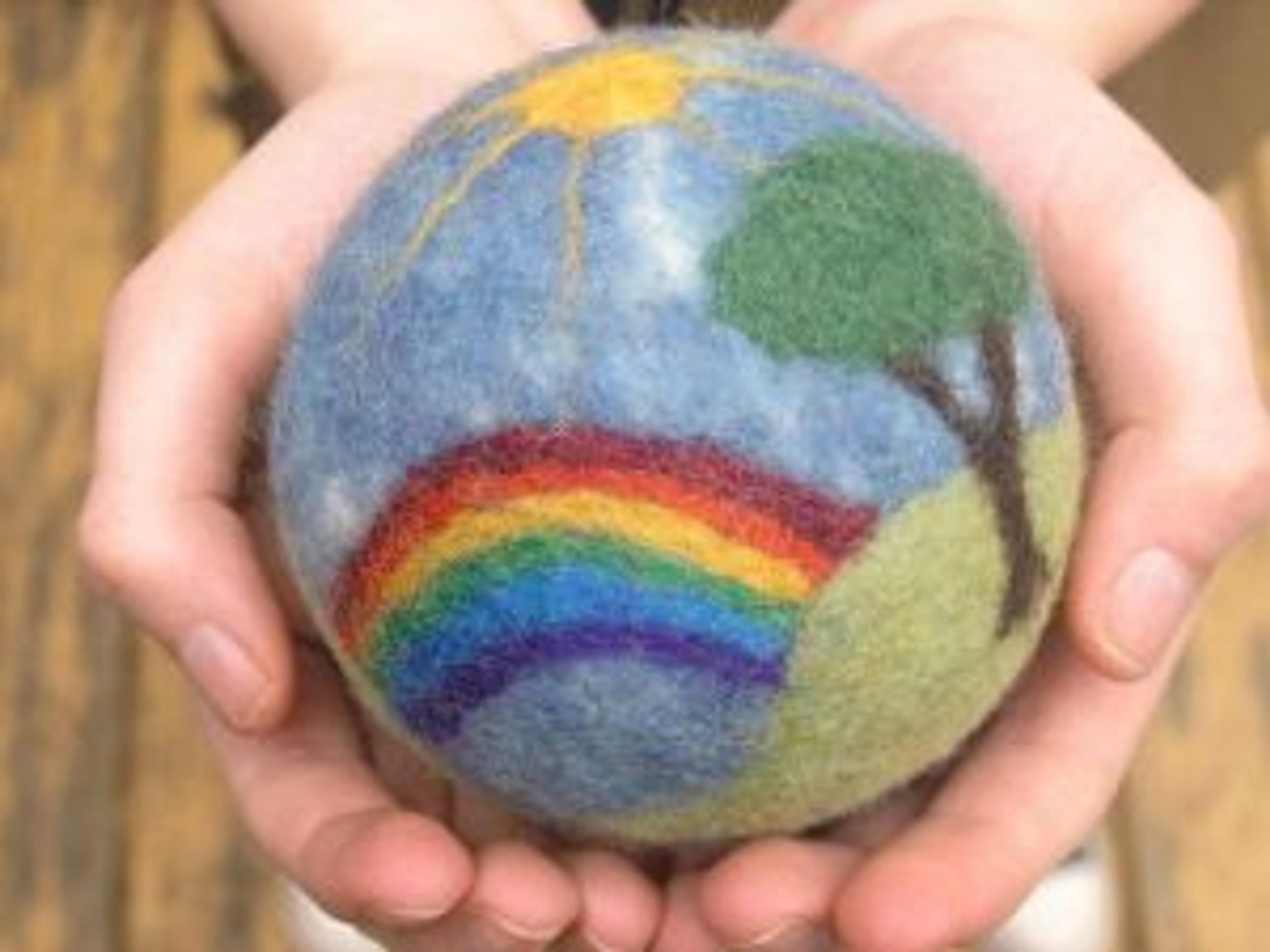Weekly Wellbeing

Welcome to Week 3 of Term 2
High Quality Connections
I am so fortunate to be a part of a school that has a key focus not only on the wellbeing of its students, families and the wider community, but on its staff. Yesterday I was privileged to be part of an excellent professional development session facilitated by Edwina Ricci.
Edwina is an experienced leading teacher and advocate for Positive Psychology and Community Engagement. She spoke with us about the importance of building high quality connections in a world that now requires us to be physically distant. Edwina referenced Professor Jane Dutton who has done a lot of research in this area and has identified 4 main pathways to fostering high quality connections:
- Be present
- Build Trust
- Offer support skilfully
- Play more and often
White, C.‘4 ways to build high quality workplace connections’, https://leadpositively.com/4-ways-to-build-high-quality-workplace-connections/ (Accessed 29/04/2020)
Although the context of Professor Dutton’s research is in workplace settings, I believe that it can be applicable in our personal lives as well. In this time of working from home, facilitating home learning , maintaining a house, and remotely supporting family and friends, I was challenged to think about what the four pathways could look like for me this week. Below is what I came up with.
- Being present: Looking my family members in the eye when they initiate a conversation with me. Depending on the context, being present may mean me lowering my computer screen, putting away my mobile phone, or even going for a walk with them while we have a conversation.
- Building Trust: Following through with what I say. This may involve me doing such things as setting a timer if I have said ‘I’ll be there in 5 minutes’, or going on a bike ride that I have said we will do (even if I am feeling tired from the day).
- Offering support skillfully: This might mean asking what my partner or children need from me, recognizing that someone in my household is feeling overwhelmed and being there to listen, offering to do something for someone else, or just calling a friend to say ‘hi’.
- Playing more and often: This might mean leaving the clean washing in the basket to go outside and kick the footy, play a board game, cook with the children, make up a game, or create an obstacle course and time everyone to see who can get through it the fastest (this may even involve jumping over the washing basket!)
These are just a few ideas and every family will have their own. The above pathways don’t need to take a long time, but they do need to be intentional.
Edwina commented that high quality connections involve small actions that have a big impact. I can guarantee that my family members will not remember how many clothes I have folded throughout the week, but they will remember whether I looked at them, followed through with what I said, offered to help them and had fun with them!
Schooling and Parenting during COVID-19 Free webinar
Many organizations are providing many different forms of support for children and families during this time. One to highlight this week is a free webinar being facilitated by Anglicare on thriving with your children during these challenging times. I am sure that this webinar will be very popular, so if you are interested, please book ASAP.
A helpful story about staying connected while physically distancing
Despite the wonders of FaceTime, Zoom, Google Meet, Microsoft teams etc, being physically distant is challenging for everyone, especially children. Increasingly children will be asking why they can’t go to school and see their friends, visit their grandparents and play with the neighbours in their street.
When reflecting on this, my thoughts took me to a beautiful book called ‘The Invisible String’ by Patrice Karst. This link features someone reading the story. https://www.youtube.com/watch?v=WlUxXexjhYI. In the book, a mother explains that people and animals who love each other are joined together by an invisible string that always keeps them connected even if they are physically apart. Maybe this week, you and your children could watch and listen to the story and remember that you are connected to your family and friends by ‘invisible string’.
CHPS Home Learning Student Wellbeing tab
Throughout the Term, Cheyenne and I have been making videos and posting information for children and families on the Home Learning webpage under the Student Wellbeing tab. We have a puppet who, together with Julie gives some creative suggestions about what children and families can do in their free time and a Good News desk, ably hosted by Cheyenne, who presents good news stories emailed in by the CHPS community.
This tab has purely been sent up to support children and families and is not meant to be ‘another thing’ that people need to do. Despite this, if you need support, or are simply up for a bit of a laugh,
please feel free to visit and give us any feedback. https://sites.google.com/croydonhps.vic.edu.au/chpshomelearning/student-wellbeing?authuser=0
As always, Cheyenne and I, in addition to the teachers and educational support staff, are here to support you and your children in any way. Please feel free to email us to arrange scheduled phone calls or Google Meets if you need to.
Until next week, remember to breathe, be kind to yourself and take one day at a time.
Julie Reid - Student Wellbeing Officer
